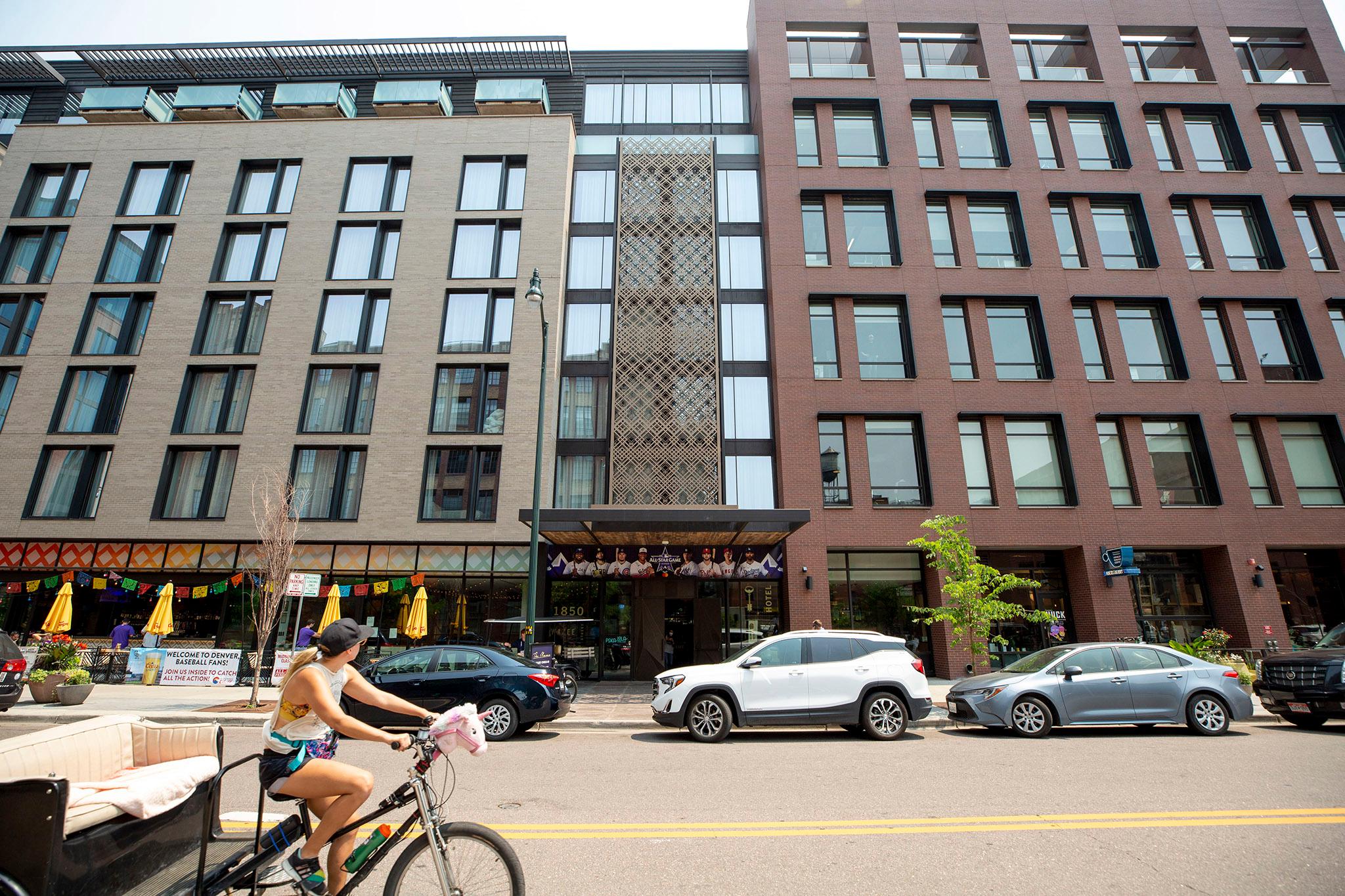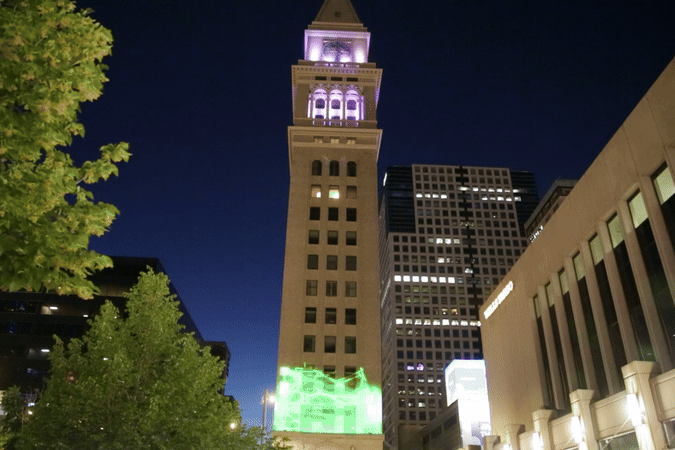
The number of people working in Colorado is forecast in 2022 to surpass pre-pandemic levels — but the economic recovery remains uneven across industries and demographic groups, according to a new report from the University of Colorado’s Leeds School of Business.
The state is projected to add 73,900 jobs next year, pushing the number of people working to over 3.1 million, the most ever, CU reports in its annual Colorado Business Economic Outlook for 2022. The prior record of 3.04 million was set in 2019.
The outlook aggregates input from about 140 people who work in the business, government and education sectors.
The state’s economy bounced back reasonably well from the recession brought on by the pandemic and has had the 17th best employment recovery among states, according to the report. Colorado has gained back roughly 80 percent of the 376,000 jobs lost from February to April 2020.
Still, the road ahead is bumpy, the forecasters say.
Colorado is facing many of the issues dogging economic growth across the country, such as kinks in the supply chain, inflation, difficulty hiring, a lack of affordable housing, and the disproportionate toll the pandemic has levied on women and communities of color.
The emergence of COVID-19 variants — like delta and now omicron — is among the biggest headwinds for the economy, according to Richard Wobbekind, senior economist and faculty director of CU’s business research division. That uncertainty is dragging on the recovery.
“Who knows what the next one is going to be,” Wobbekind said during a press conference to discuss the outlook last week.
- Colorado resorts get ready for omicron as ski season starts, but they aren’t panicking yet
- Robots outnumber human workers in this autonomous truck yard north of Denver
- More Colorado workers are quitting their jobs right now than they have in the last 20 years
- Colorado’s unemployment rate fell in October, even as some industries struggle to attract new workers
Leisure and hospitality businesses continue to struggle
On top of all that, the leisure and hospitality business — one of the largest drivers of economic activity in Colorado — is contending with ongoing challenges, even amid strong job gains this year.
The leisure and hospitality segment encompasses the state’s vast mountain tourism apparatus, as well as the restaurants, bars, nightclubs and entertainment venues in Denver and other cities that were hit hard by pandemic shutdowns. The pandemic had an “incredibly dramatic” impact on the industry in 2020, Wobbekind said. Employment levels in those sectors aren’t forecast to reach pre-pandemic levels until 2023 or 2024, he said.
Additionally, business owners in leisure and hospitality struggled more than most to fill open positions as the economy reopened, according to the report. Low wages and health risks are among the factors keeping workers sidelined, the report found, making it difficult to predict how the situation will be resolved.
The disparity between retail sales in leisure and hospitality and employment shows the problem. July sales in the sector this year were up 16.5 percent compared to 2019, while staffing was at less than 90 percent of pre-pandemic levels. Wobbekind noted that restaurants and hotels have been forced to cut back on operating hours due to a lack of staffing.
“This situation was particularly difficult in an industry that already struggled with long hours and overworked employees prior to the pandemic due to high turnover and shortage of labor supply,” the report's authors wrote. “The result is a continuation of particularly strenuous working conditions that has the potential to further increase turnover.”
Workers who are women and people of color were hit harder
Women and people of color were more likely to work in the low-wage service jobs that were cut at the start of the pandemic, pushing up the unemployment rate in those populations when COVID-19 first hit.
Since then, the unemployment rate for women has fallen below that of men, according to the report. But that’s in part due to the record number of women that left the labor force early in the pandemic, reducing the total number of women looking for work, the report found.
But there is a bright spot: Participants in the study are most optimistic about growth in industries including biopharmaceuticals, warehousing and delivery services, aerospace and cannabis manufacturing.









